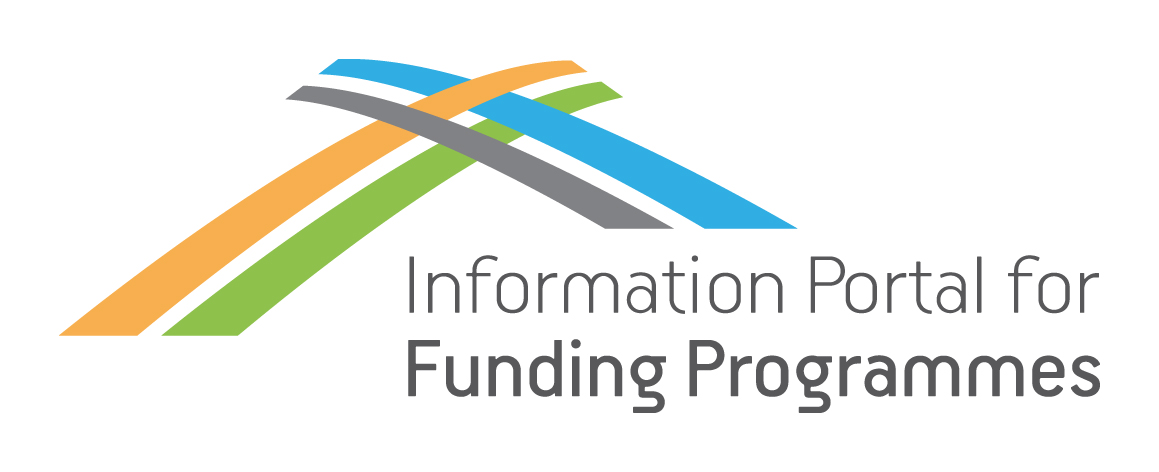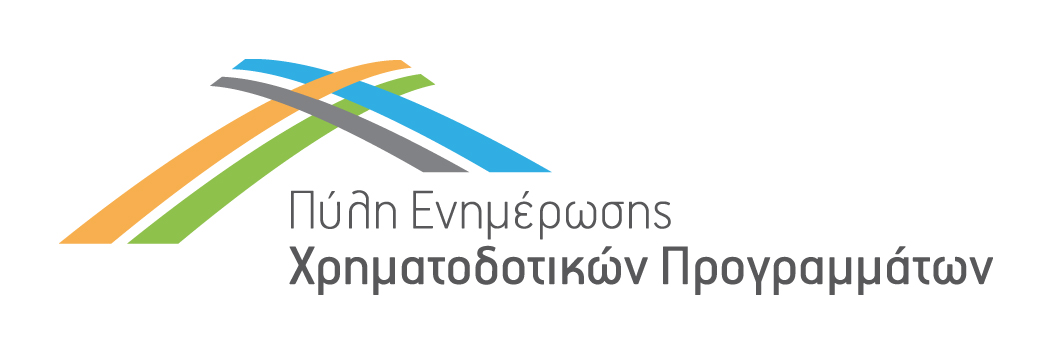Robotics: Autonomous or semi-autonomous UGV systems to supplement skills for use in hazardous environments
Programme Category
Programme Name
Programme Description
Horizon Europe is the European Union (EU) funding programme for the period 2021 – 2027, which targets the sectors of research and innovation. The programme’s budget is around € 95.5 billion, of which € 5.4 billion is from NextGenerationEU to stimulate recovery and strengthen the EU’s resilience in the future, and € 4.5 billion is additional aid.
Identifier Code
Call
Summary
This topic focuses on Robotics: Autonomous or semi-autonomous UGV systems to supplement skills for use in hazardous environments.
Firstly, there is a need to identify the fields and domains that will benefit from (autonomous) robotic systems.
Secondly, the identified gaps and needs should be the basis for proof-of-concept research and development studies.
Thirdly, first responders’ training, preparedness, and mindset should be considered when bringing new technologies into the field.
Fourthly, the relevant infrastructure needs to be put in place.
Detailed Call Description
In summary, the scope of this topic is not only to develop new robotic solutions for specific tasks but addresses also more holistically the surrounding environment and factors that impact civil protection on a larger scale (urbanisation, ageing, climate change, increased complexity in the area of critical infrastructure protection etc.). There are many research and engineering challenges that need to be addressed in the framework of this topic. First responders play a vital role in ensuring that the robotics solutions are based on the needs and are valuable assets for the civil protection ecosystem.
Firstly – For a start, there is an urgent need to look into the deployments in hazardous environments or where the danger for first responders and citizens is the highest. Also, it is essential to look into options where robotic systems might be more effective than humans. Extensive technology inventory is needed. Altogether this first step can be considered as the exhaustive requirements and gaps analyses which is an inevitable step bringing robotics closer to the civil protection.
Secondly – Proof of concept studies can either focus on autonomous systems or semi- autonomous systems (e.g. optionally manned or tele-operated systems). These solutions enable managers and practitioners to immerse themselves in what is happening on- site from a great distance and make decisions or even actively intervene in what is happening. To this end, new sensing capabilities should be developed to enhance robotic capabilities and provide more information about the hazards in the environment they operate. They should be adapted in a compact system to be mounted on robots. Human-machine interaction technologies that enable an overlapping control of the robotic systems between the artificial Intelligence entity and the operator need to be developed. The interaction between the user and the robotic system has to be intuitive and should work without extended training.
Thirdly – This is necessary in order to reach a required paradigm shift. This is a long-term process and therefore has to be strategical and well planned.
Fourthly – Robotic systems should be seen as an integral part of first responder ecosystems and not as a single technology. Further research is needed to define the basic physical and organisational structures and facilities required for the operation of robotic solutions and integration to the current operational infrastructure. Therefore, adapted standard operational procedures have to be developed.
Call Total Budget
Financing percentage by EU or other bodies / Level of Subsidy or Loan
100%
Expected EU contribution per project: €4.00 million
Thematic Categories
- Justice - Security
- Other Thematic Category
- Research, Technological Development and Innovation
Eligibility for Participation
- International Organisations
- Local Authorities
- Non Profit Organisations
- Other Beneficiaries
- Private Bodies
- Researchers/Research Centers/Institutions
- State-owned Enterprises
Eligibility For Participation Notes
The following additional eligibility criteria apply:
This topic requires the active involvement, as beneficiaries, of at least two first responders’ organisations or agencies, and one representative of local or regional authorities in charge of disaster response, from at least 3 different EU Member States or Associated Countries. For these participants, applicants must fill in the table “Information about security practitioners” in the application form with all the requested information, following the template provided in the submission IT tool.
If projects use satellite-based earth observation, positioning, navigation and/or related timing data and services, beneficiaries must make use of Copernicus and/or Galileo/EGNOS (other data and services may additionally be used).
Call Opening Date
Call Closing Date
National Contact Point(s)
Research and Innovation Foundation
29a Andrea Michalakopoulou, 1075 Nicosia,
P.B. 23422, 1683 Nicosia
Telephone: +357 22205000
Fax: +357 22205001
Email: support@research.org.cy
Website: https://www.research.org.cy/en/
Contact Persons:
Dr. Ioannis Theodorou
Scientific Officer
Τelephone: +357 22 20 50 38
Email: itheodorou@research.org.cy
Christakis Theocharous
Scientific Officer A’
Telephone: +357 22 20 50 29
Email: ctheocharous@research.org.cy




